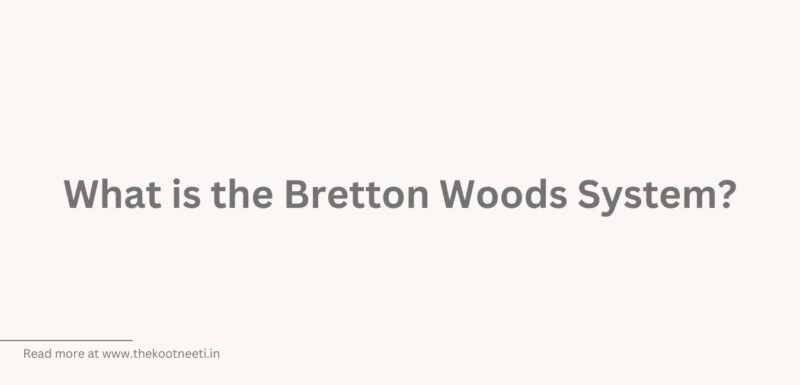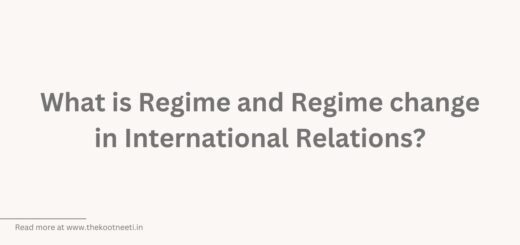What is the Bretton Woods System?

The Bretton Woods system was a monetary system that was established at the end of World War II in order to rebuild the international economic system and promote stability and prosperity. It was named after the town of Bretton Woods, New Hampshire, where the Bretton Woods Agreement was signed in 1944.
Under the Bretton Woods system, the major Western industrialized countries agreed to peg their currencies to the US dollar, which was itself pegged to the price of gold. This effectively made the US dollar the world’s reserve currency, and other countries were required to maintain fixed exchange rates with the dollar.
The Bretton Woods system also established the International Monetary Fund (IMF) and the International Bank for Reconstruction and Development (now known as the World Bank), which were intended to provide financial assistance to countries experiencing economic difficulties and to promote international economic cooperation.
The Bretton Woods system was in place from the late 1940s until the early 1970s, when the US withdrew from the gold standard and the system began to break down. The collapse of the Bretton Woods system marked the end of the fixed exchange rate system and the beginning of the current era of floating exchange rates.
Pros and Cons of Bretton Woods System
The Bretton Woods system had both advantages and disadvantages. Some of the pros of the system include:
- Stability: The Bretton Woods system provided a stable international monetary system that helped to promote economic growth and stability in the post-World War II period. The fixed exchange rates and the role of the US dollar as the dominant reserve currency helped to reduce currency volatility and promote confidence in the global financial system.
- Economic growth: The Bretton Woods system facilitated international trade and investment by providing a stable environment for cross-border transactions. This helped to drive economic growth and development in many countries.
- International cooperation: The Bretton Woods system encouraged international cooperation and the creation of institutions like the International Monetary Fund (IMF) and the World Bank, which were intended to promote economic development and stability.
However, the Bretton Woods system also had a number of drawbacks:
- US dominance: The Bretton Woods system was heavily reliant on the US dollar, which meant that the US had a disproportionate amount of influence in the global monetary system. This led to concerns about the ability of other countries to control their own monetary policies and to maintain economic independence.
- Inflexibility: The fixed exchange rate system of the Bretton Woods system was inflexible and did not allow for adjustments in response to changing economic conditions. This could lead to economic imbalances and crises.
- Inflation: The US was required to maintain a fixed exchange rate with the dollar, which meant that it had to manage its monetary policy to ensure that the value of the dollar remained stable. This led to concerns about inflation and led to the adoption of contractionary monetary policies in the US, which could have negative impacts on the global economy.
- Collapse: The Bretton Woods system eventually collapsed in the early 1970s, which led to a period of economic instability and uncertainty. The collapse of the system marked the end of the fixed exchange rate system and the beginning of the current era of floating exchange rates.
India and the Bretton Woods System
India was one of the countries that participated in the Bretton Woods conference and was a signatory to the agreements that established the system. As a result, India adopted a pegged exchange rate system and tied the value of its currency, the rupee, to the US dollar.
The Bretton Woods system began to break down in the 1970s, due in part to the increasing costs of the Vietnam War and the resulting pressure on the US dollar. In 1971, President Richard Nixon suspended the convertibility of the US dollar to gold, effectively ending the Bretton Woods system. India and other countries were forced to reevaluate their exchange rate systems and adopt more flexible arrangements.


















